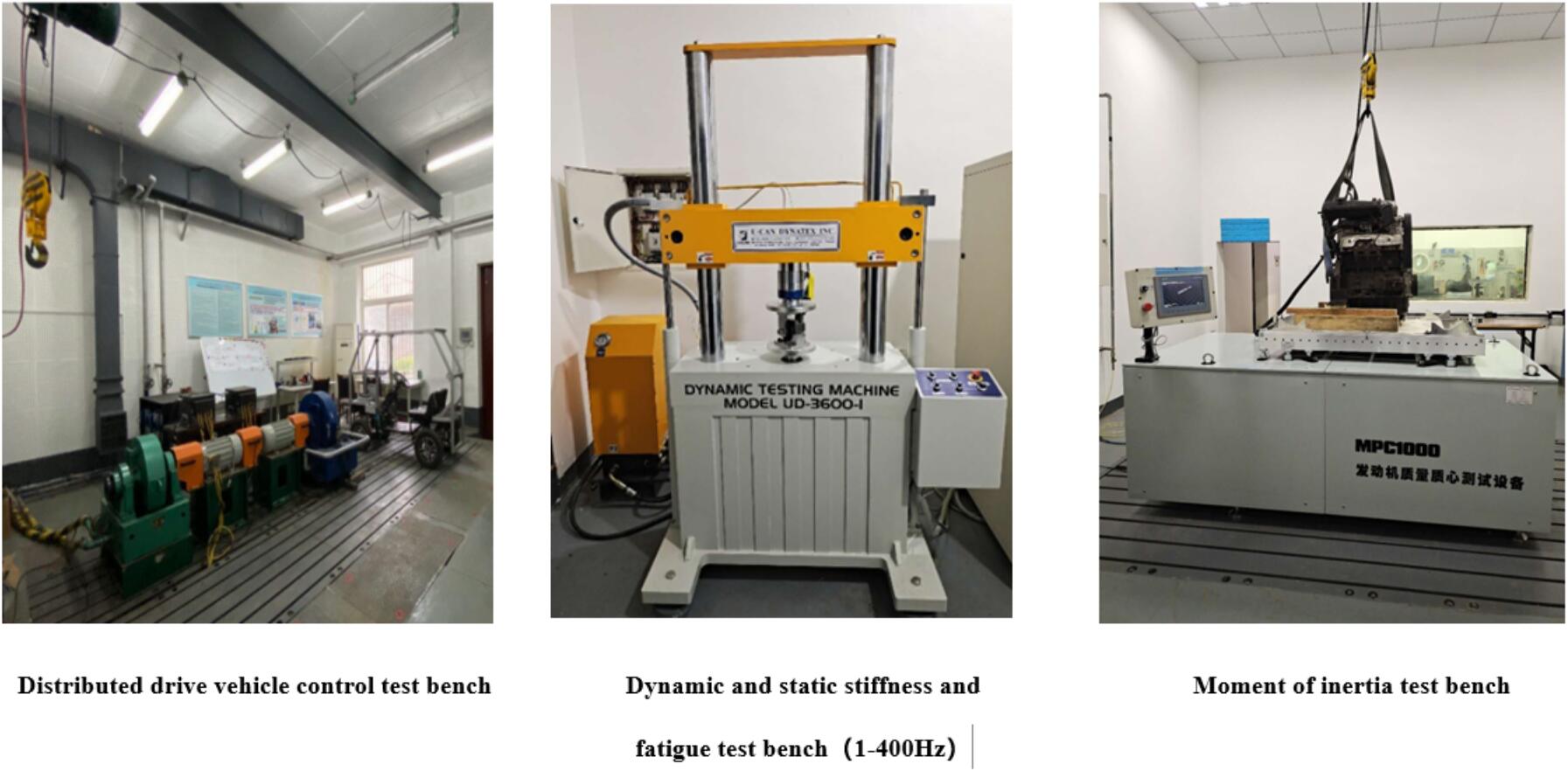
Department of Energy Power and Automotive Engineering
1. Introduction
The Department of Energy Power and Automotive Engineering (Institute of Automotive and Energy Power) and the Key Laboratory of Vehicle Thermal Power Machinery in Sichuan Province are all belong to the School of Mechanical Engineering of Southwest Jiaotong University. It is a multidisciplinary scientific research institution featuring integrated vehicle (including new energy vehicles), chassis, power-train integration technology. There are currently 6 teachers with senior titles, 7 teachers with vice-senior titles, and 4 teachers with intermediate titles, and doctoral students can be recruited in the two doctoral programs of "Vehicle Engineering" and "Urban Rail Transit Technology and Equipment", and postgraduate students can be recruited in the two postgraduate programs of "Vehicle Engineering" and "Power Machinery and Engineering",maintaining the number of postgraduate/doctorate graduate students above 150. In recent years, the team has undertaken multiple scientific research projects such as the 863 Program, the National Natural Science Foundation of China, international cooperation and school-enterprise cooperation. And the research results have made a certain contribution to the promotion of scientific and technological progress and the development of the national economy, and have become an important base of scientific research and talent training in the direction of domestic energy power and automotive engineering.2. Research Direction
● Vehicle system dynamics and control (dynamic characteristics analysis of chassis, active/semi-active suspension control and its matching with the vehicle)
● Research on key technologies of new energy vehicles (VCU, DCU, BMS, distributed drive, lightweight, system integration)
● Research on key technologies of intelligent driving vehicles (big data and engineering database, intelligent driving model based on human driving behavior, navigation model)
● Vehicle noise, vibration, and acoustic vibration comfort (NVH) (acoustic vibration Comfort Decomposition Method of Vehicle Performance based on the human body)
3. The Characteristics of Research
(1) Hydrogen fuel cell vehicle energy system management and vehicle intelligent drive control: Analysis and development vehicle models to predict the performance of hydrogen fuel cell vehicles based on economic forecast, and match and optimize key components and parameters; establish vehicle models and verify them based on vehicle systems dynamic theory and corresponding software systems (including vehicle dynamics models, motor models, battery models, stack models, hydrogen supply models), and develop, establish, co-simulate and optimize vehicle control strategies based on Simulink; Complete vehicle dynamics model and control strategy hardware-in-the-loop verification.
(2) Distributed intelligent drive control technology for new energy vehicles-wheel drive & wheel hub drive: Distributed drive control technology is very easy to realize the flexible and controllable vehicle drive system, which can realize efficient drive, flexible chassis control and improve vehicle seating space to improve ride comfort. The breakthrough and accumulation of achievements in the research of distributed intelligent drive control technology for new energy vehicles will help accelerate the industrialization of distributed drive control technology and realize military-civilian integration.
(3) Vehicle noise and vibration control and acoustic vibration comfort (NVH): Using structural/sound field coupling analysis and other means and combined with body-in-white modal analysis and testing to identify the main factors affecting the comfort of the vehicle’s sound and vibration based on comprehensive testing and evaluation of vehicle sound and vibration performance. And then propose specific structural improvements, and through testing and analysis methods to test and optimize it. Finally guide the completion of the NVH improvement design of specific models.
(4) Active/Semi-active suspension control and vehicle matching technology: Guided by the theory of automobile system dynamics and supported by the system dynamic testing technology, a virtual prototype of the suspension/vehicle integrated system is established to analyze the coordination and matching of suspension structural factors with vehicle ride comfort and handling stability. On this basis, the overall performance generalized optimization design of the suspension/vehicle integrated system is completed.
4. Key Equipments
